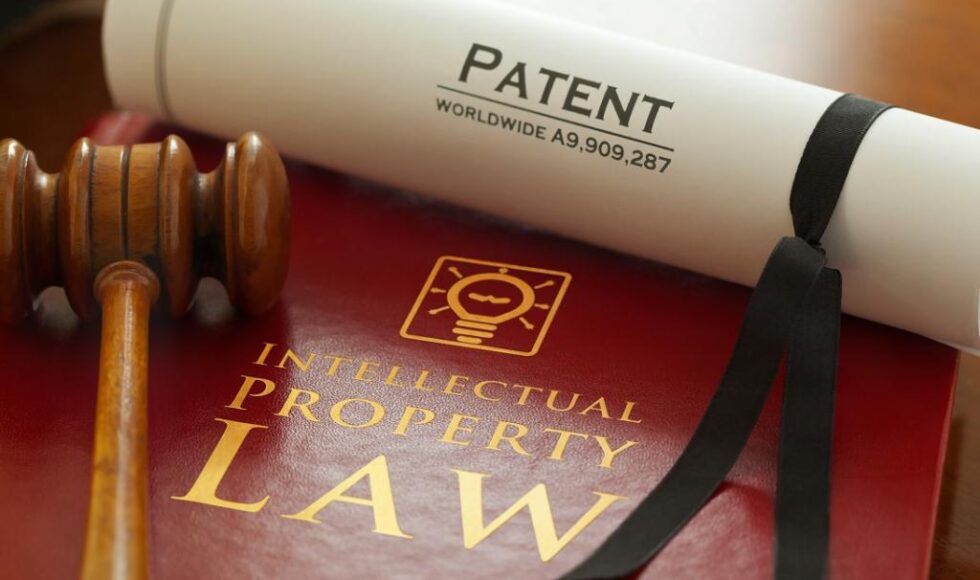Introduction
For the longest time in the history of the Indian patent system, there has been a lack of clarity on the pre-requisites for filing a divisional application. Whether it be the correct time to file a divisional application, the content of the divisional application, or the conditions under which a divisional application may be filed – all three of these questions have remained an issue until very recently.
The present matter of Syngenta Ltd v Controller of Patents and Designs [1], brought a long overdue clarity on the prerequisites for the filing of divisional applications, and provided a clear answer to the contents of the divisional application and the conditions under which the same may be filed.
Background
On July 12, 2022, the Single Judge Bench of Delhi High Court delivered a judgement concerning divisional applications in Boehringer Ingelheim International GMBH v. The Controller of Patents [2].
Boehringer held that divisional applications could only be deemed valid if the plurality of inventions was explicitly mentioned in the claims of a parent application. It was further held that permitting divisional applications without the explicit presence of multiple inventions in the claims would be contrary to the fundamental patent law principle, namely, “what is not claimed is disclaimed.” In other words, the Court in Boehringer took the position that if the plurality of inventions is not contained in the claims of the parent application, the Divisional Application would not be maintainable, and that a Divisional Application would neither be maintainable nor could one be permitted to be filed solely on the basis of disclosures made in the specification.
A year later, in July 2023, another Single Judge of the Delhi High Court, doubting the correctness of the view expressed in Boehringer referred two questions to the Division Bench of the Court, comprising of two judges:
Issues
- Does the requirement of a plurality of inventions being contained in the parent application, in order for a Divisional Application to be maintainable, apply even where the Divisional Application is filed by the applicant suo moto, and not on the basis of any objection raised by the Controller?
- Assuming that the requirement of a plurality of inventions in the parent application is necessary for a Divisional Application to be maintainable, does the plurality of inventions have to be reflected in the claims in the parent application or is it sufficient if the plurality of inventions is reflected in the disclosures in the complete specifications accompanying the claims in the parent application?
Section 16 of the Indian Patents Act, 1970
“Section 16: Power of Controller to make orders respecting division of application.—
- A person who has made an application for a patent under this Act may, at any time before the grant of the patent, if he so desires, or with a view to remedy the objection raised by the Controller on the ground that the claims of the complete specification relate to more than one invention, file a further application in respect of an invention disclosed in the provisional or complete specification already filed in respect of the first mentioned application.
- The further application under sub-section (1) shall be accompanied by a complete specification, but such complete specification shall not include any matter not in substance disclosed in the complete specification filed in pursuance of the first mentioned application.
- The Controller may require such amendment of the complete specification filed in pursuance of either the original or the further application as may be necessary to ensure that neither of the said complete specifications includes a claim for any matter claimed in the other.”
Facts of the Case
The appellant Syngenta filed a divisional application in which claim 1 included one of the three preferred combinations contained in the complete specifications of the parent application, but not claimed in the claims of the parent application. The Controller of the Indian Patent Office refused the divisional application on the grounds that the parent application did not contain any claims relating to plurality of a distinct invention. Thus, while the Controller did not specifically allude to Boehringer, he applied the teachings thereof.
Hearing the case on appeal, the Judge believed Boehringer fundamentally reconstructs Section 16 and essentially erases the phrase “disclosed in the provisional or complete specification already filed” and substituting it with the word “claims.” The Judge thus concluded that the interpretation accorded to Section 16 in Boehringer Ingelheim cannot be countenanced.
Further, the Judge attached great significance to the punctuation mark which has been placed after the phrase “if he so desires” and on the basis of which it was opined that if the requirement of claims of the complete specification relating to plurality of inventions were applicable to both contingencies, namely where the Divisional Application is filed suo moto or where it comes to be preferred to remedy an objection raised by the Controller, the provision would have been structured differently. Based on this, the Judge observed that the issue of plurality of inventions being embodied in the original claim would be a restrictive condition which would only apply in a situation where the Divisional Application comes to be filed based on an objection raised by the Controller.
Accordingly, the Single Judge, doubting the correctness of the view expressed in Boehringer referred the matter to the Divisional Bench of Delhi High Court, which delivered the present judgement.
Held
- The Single Judge’s recommendation that voluntary and Controller-objection based divisional applications should be treated differently was rejected by the Division Bench. The report concluded that such applications should be subjected to the same evaluation criterion as the others.
- Nothing warrants the limitation of filing for a divisional application to such cases where one encounters numerous inventions within the claims only. Divisional filings should be allowed where there is “plurality of inventions” disclosed in provisional or complete specification.
- “What is not claimed is disclaimed” should mostly be applied in infringement analysis and not in drafting of claims or in evaluating the maintainability of divisional applications.
- Through these observations, the Division Bench reversed Boehringer and held that a divisional application can be maintained if “plurality of inventions” is present in the provisional or complete specification.
Rationale
At the outset, the Division Bench opined that the placement of a comma after the phrase “if he so desires” pales into insignificance bearing in mind the position which emerges on a plain reading of Section 16(1) and which divides the two contingencies spoken of by using the word “or”.
Further, the Court noted that Section 16(1) in unambiguous terms enables the filing of a divisional application, provided it is disclosed in the provisional or complete specification already filed. Thus, it held that there appears to be no justification to restrict the filing of a Divisional Application only to a situation where the plurality of inventions is found in the claims.
The Court also referred to the Manual of the Patent Office Practice and Procedure which mentions “Claims may not be included in the Provisional Specification as the purpose of filing a Provisional Specification is to claim a priority date.” Therefore, the Court held that if Boehringer was to be accepted to be the correct interpretation and meaning for Section 16(1), it would lead to an incongruous situation where no Divisional Application could be possibly filed when only a provisional specification has been submitted, contrary to Section 16(1) which explicitly states “disclosed in the provisional or complete specification”.
Regarding the principle of “what is not claimed is disclaimed”, the Court referred to the opinion of Lord Russel in Electric and Musical Industries Ltd. et al vs. Lissen, Ltd. et al [3] and held that there does not appear to be any justification to impute this principle for the purposes of discerning the scope of Section 16 when the language of Section 16 clearly requires the plurality of inventions to be gathered from disclosures made either in the provisional or the complete specification.
Conclusion
In view of the above, Boehringer Ingelheim International GMBH v. The Controller of Patents [2] was overruled by the Division Bench and it was held that a Divisional Application moved in terms of Section 16 of the Act would be maintainable provided the plurality of inventions is disclosed in the provisional or complete specification that may have been filed. Further, it was held that Section 16 does not suggest or conceive of a distinction between the contingency of a Divisional Application when moved by the applicant of its own motion or where it comes to be made to remedy an objection raised by the Controller. In either of those situations, the plurality of inventions would have to be tested based upon the disclosures made in either the provisional or complete specification.
Analysis
This judgement of Syngenta vs. Controller of Patents [1] is being hailed as a significant step forward in clarifying the ambiguities surrounding the filing of divisional applications in the Indian patent system. The court’s clear distinction between the “claims” and the “specification” (either provisional or complete) sets a precedent for future cases, both at the Indian Patent Office and in the courts. By emphasizing that the plurality of inventions can be derived from the disclosures in the specification and not just the claims, the court has widened the scope for applicants to file divisional applications, providing especially foreign applicants with the much needed leeway they have come to expect in the IP5 countries.
This decision is also expected to introduce uniformity between the evaluation criteria for the divisional applications filed voluntarily, and the divisional applications filed to overcome an objection of unity of invention from the Indian Patent Office.
Rejecting Boehringer’s “what is not claimed is disclaimed” rule, the Division Bench taught how legal principles should be applied contextually and not rigidly. Further, the Division Bench’s dismissal of the significance of the comma underscores the need to avoid overly literal interpretations, especially when the overall context suggests otherwise.
Finally, this judgement offers clarity and a broader scope to file divisional applications in India. Applicants can now be more confident about the maintainability of their divisional applications, even if the plurality of inventions is only disclosed in the specifications and not explicitly claimed. By adopting a holistic and practical approach to the interpretation of the Indian Patents Act, the Division Bench has ensured that the patent system remains robust and adaptable to the evolving needs of inventors and the broader industry.
References
[1] C.A.(COMM.IPD-PAT) 471/2022
[2] C.A. (COMM.IPD-PAT) 295/2022 & I.As.10369-70/2022
[3] (1939) 56 R.P.C. 23

